In June, a new nonprofit, The Jewelry Edit Foundation, convened a group of industry leaders — including executives from Coach, Tiffany & Co. and Hermès — for a “Lunch With Purpose.”
The agenda: support underrepresented designers through year-round programming with a heavy focus on diversity, equity and inclusion, as well as sustainability.
The Jewelry Edit Foundation has its roots in a retail platform of the same name (with a similar values-driven emphasis) founded by the designer Rosena Sammi in 2020, when fashion’s promise to stand for something was at its loudest and most urgent. But in the second Trump administration, organisations that put DEI front and centre are increasingly rare, and groups with public backing from major corporations are even rarer.
Sammi says the need to plow ahead now is more critical than it has ever been.
“I want to be surrounded by people brave enough to take action — not stand by on the sidelines,” she said.
Many companies that founded DEI departments and backed organisations that support minority designers and entrepreneurs have quietly – and not so quietly – dismantled those efforts in the face of a conservative backlash. Dozens of Black-owned fashion and beauty brands that benefitted from increased attention after 2020 have shuttered, starved of capital and lacking the resources to weather economic headwinds.
The pressure to keep silent was on display last week, as protests erupted in California after immigration enforcement agents arrested dozens of day labourers, including garment workers. While a handful of celebrities, including singer and rapper Doechii and Kim Kardashian spoke out, few large brands did. There was certainly nothing resembling the black square campaign of 2020 — a highly visible, if much-criticised, show of solidarity that saw brands from Chanel and Gucci to Levi’s and Gap participate.
Still, some of the energy sparked in 2020 hasn’t disappeared. In a few cases, it’s intensified.
Felita Harris, a former Donna Karan executive who co-founded RAISEFashion in 2020 to support independent BIPOC designers, says there’s upside in staying the course. The nonprofit in May hosted its latest “master class” for emerging Black designers, this time on profitable growth, and partnered with Ferrara Manufacturing on a June 12 fundraiser to help underrepresented founders scale. Its latest grants are helping several Black-owned labels stay afloat, and alumni have landed roles at Louis Vuitton, Bloomingdale’s and other major companies.
“I see the potential every day in [our master] classes — being able to make introductions, to stop the gatekeeping,” Harris said.

A few companies have kept up their pre-2024 approach to politics. Outdoor retailer REI and beauty brand Lush Cosmetics have recently doubled down on their DEI commitments — with Lush even using the acronym in product names and marketing. Designer Willy Chavarria in April partnered with the American Civil Liberties Union to launch Creatives for Freedom, which takes on issues like immigrant rights.
So why have some brands and creatives continued to press forward when so many others have pulled back?
The motivation is a combination of mission and margin — rooted in the belief that fashion can be a cultural force on issues like race, gender, and immigration, and that marginalised creatives drive the innovation and relevance the industry needs to grow with a new generation of consumers.
“Our business has always been rooted in mission and values. To stray from that now — or ever — would be antithetical to who we are,” said Nicole Lacasse, senior manager of brand and customer REDI (or racial equity, diversity and inclusion) at REI. “We have seen firsthand the business results. This is right for our business.”
For companies caught in the middle — eager to engage but wary of political blowback from a divided customer base — the path forward can feel murky. But it’s not impossible. And some brands say the rewards for staying the course are becoming apparent.
Backlash to the Backlash
The surge in anti-DEI sentiment — from Trump’s vow to “end the tyranny” of DEI to a wave of executive orders earlier this year — has introduced real, or at least perceived, risks for fashion and beauty brands.
Earlier this year, many brands determined that staying quiet was the most prudent course of action. But the anti-DEI backlash is generating its own backlash.
Target — once praised for its swift response in the wake of Floyd’s murder in its home city of Minneapolis — backed off its diversity commitments within hours of Donald Trump’s inauguration. The URL that once led to a 2020 statement by chief executive Brian Cornell about “a community in pain” now returns a 404 error.
Foot traffic has declined in each of the four months since Target changed its policies, according to Placer.ai. In May, Cornell told investors that year-over-year sales were down partly due to the fallout.

Meanwhile, plenty of retailers have plowed ahead with their existing DEI policies, sometimes under new names, without facing a backlash from Trump or consumers. The key is to move past the 2020-era reflex to turn everything into a marketing play, experts say.
Lush keeps its internal DEI work mostly under the radar, even as it renamed three of its bestselling bath bombs “diversity,” “equity” and “inclusion” in January. That’s because, while the brand is known for its activist campaigns, when it comes to its culture and workforce, “you should take care of your own house before talking about it externally,” said Amanda Lee Sipenock Fisher, the company’s head of DEI and belonging.
Lush’s cheekily named soaps are a natural way “to enter the conversation with our products,” Sipenock Fisher said. But it works best when paired with substantive work behind the scenes.
“When you have a DEI programme that first and foremost serves your people, you are tuning in directly to employee engagement,” Sipenock Fisher. “And we know that employee engagement is an incredible KPI. It is a driver of successful businesses.”

That dual track approach is getting more challenging as the Trump administration puts corporate DEI initiatives under the microscope.
“I’ve never seen this much external interest in our work,” she said. “Seeing [DEI] being threatened, rolled back, quieted — that was a moment for employees, consumers and companies to say, ‘Wait, there is backlash to the silence.’”
Retailers with the most successful DEI programmes today tend to be the ones that were thinking about the topic before 2020.
REI formally embedded inclusion into its business strategy nearly two decades ago, Lacasse said. Its partnerships with groups like Outdoor Afro, Black Girls RUN!, and Latino Outdoors are part of a broader strategy that includes investing in inclusive sizing, colour palettes and gender-neutral designs — products that have become some of the company’s top performers, Lacasse said.
“This is really about continuity of our brand commitment, our purpose and trust building,” she said. “We do really believe that when we show up consistently over time, when we centre the voices of our communities and we make equity a shared responsibility, we can really strengthen our position as a brand.”
Fashion as a Cultural Force
Even as brands face pressure to retreat, fashion’s most public-facing moments — red carpets, runways, and campaigns — remain powerful, if inconsistent, signals of inclusion.
But “visibility doesn’t equal viability,” Harris pointed out.
In other words, fashion has become known for splashy displays of support — like buzzy shows or red-carpet moments featuring BIPOC designers — that often fail to translate into lasting commercial success, like shelf space, wholesale deals or infrastructure investment, Harris said.
The Met Gala in May offered mainstream exposure to Black creatives, with LaQuan Smith, Grace Wales Bonner, Ozwald Boateng and Sergio Hudson delivering standout red carpet moments. The spotlight on the Black dandy — a fluid term celebrating expressive, often ostentatious style — landed like a quiet protest in a politically fraught climate.

“The Met Gala shows fashion’s power to inspire the masses,” Chavarria said in an email. “However, that must live beyond the one event and we should use that momentum to elevate voices.”
The industry has repeatedly failed to turn these cultural flashes into lasting structural change — whether through sustained investment, leadership opportunities, or shelf space. With a few high-profile exceptions, including Pharrell Williams at Louis Vuitton and Olivier Rousteing at Balmain, designers of colour remain rare in top creative roles.
These designers not only continue to be locked out of these top roles — they’re also expected to lead the charge for change, often while navigating the very systemic barriers that hinder their progress.

“I don’t want Willie [Chavarria] to be the only one who’s doing this work, and I also don’t want it to always be the person who is in the marginalised community who feels that they have to be the one doing this work,” said Jessica Weitz, national director of artist and entertainment engagement at ACLU. “There’s no question that this industry could not exist without a diverse workplace … and a diverse group of people who are in the business of buying fashion.”
Fashion’s influence — its soft power to shape culture and drive progress — has dulled, insiders say, not for lack of rhetoric, but for lack of follow-through.
“Maybe the world is looking at fashion in the same way we [experience it], which is, can fashion be trusted?” said Harris. “Can it really deliver what it promises? Because how can fashion call for democracy when designers are going out of business? When there’s such a lack of Black leadership at the top?”
Still, designers like Chavarria say there’s power in holding the industry accountable to the ideals it promotes.
“Fashion has always been political, and now it’s becoming urgent,” Chavarria said. “It is a way to resist. Now more than ever, fashion must stand with the communities that have always used it to speak out and be heard.”



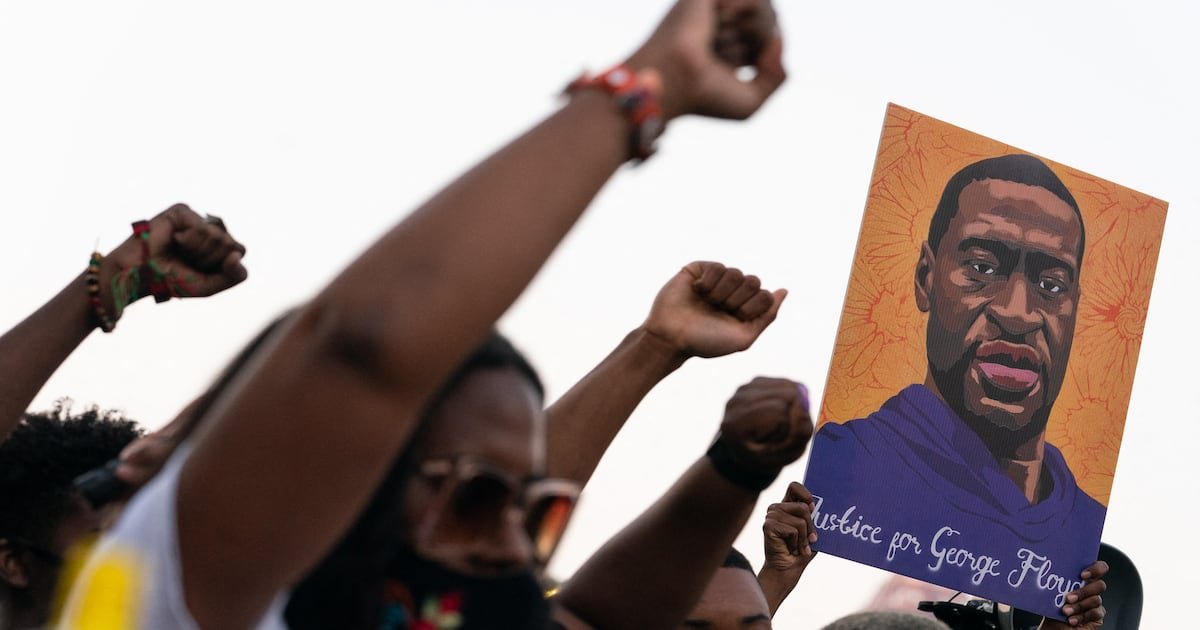
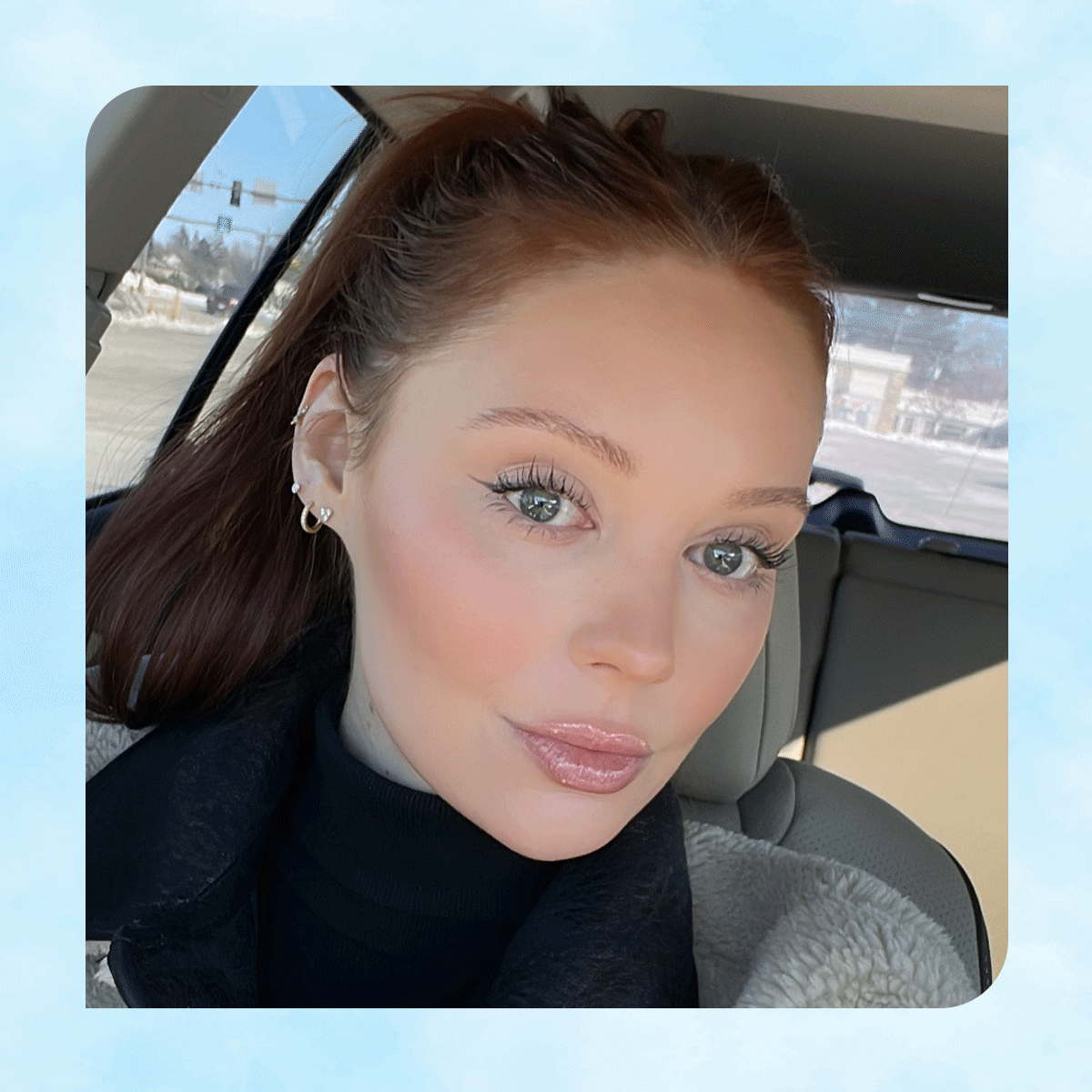

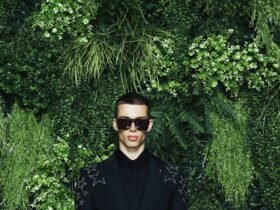
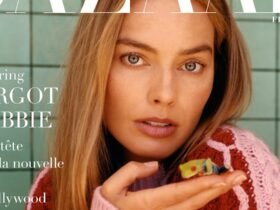
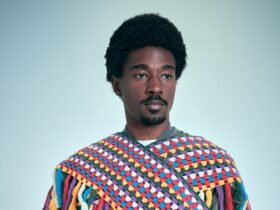
I’ve explored many streaming platforms, but the experience I got with https://xtremehdiptvsat.com/ through their live TV streaming offering was unmatched. Fast connection, zero lag, and crystal-clear quality — highly recommended!
When I stumbled upon https://xtremehdiptvsat.com/, I didn’t expect their IPTV security risks to be this good. But after testing it for a week, I can confidently say it’s among the best out there. Give it a try!